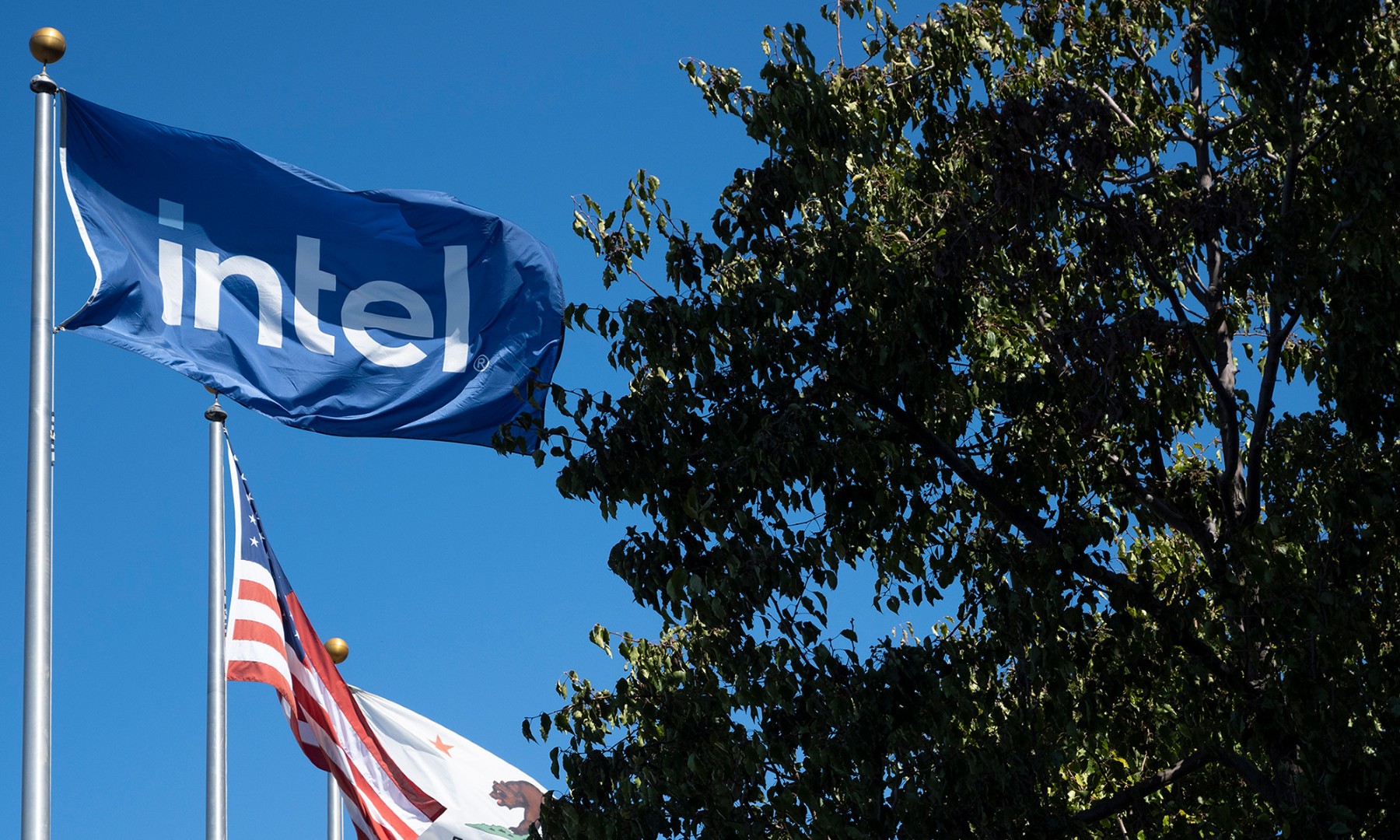According to analyst Gus Richard with Northland Capital Markets (via Barron's), Intel (INTC 0.53%) is set to "capture roughly 50% of Apple's (AAPL +0.34%) modem business in the upcoming iPhones due to launch Sept. 9."
The analyst says that, assuming Intel can capture half of the modem business for the iPhone 6s (the other half would go to Qualcomm (QCOM 1.75%)), this might mean anywhere from $750 million to $1.25 billion in revenue for the chipmaker, providing its ailing mobile business with a much-needed revenue boost.
If true, positive long-term implications for Intel
If Apple will use Intel's XMM 7260 modem in approximately half of the iPhone 6s models shipped, as Richard reports, then this has some positive long-term implications for Intel's mobile business.
First, as Richard noted in his report, Intel would enjoy a nice revenue boost. No, $750 million to $1.25 billion in revenue isn't necessarily a game changer for Intel, but as long as this revenue comes at positive gross profit margins, then it should positively affect the company's top and bottom lines.
The more interesting implication of such a win, though, is that it would be a major validation of the quality of Intel's modem technology. Apple is well known for squeezing its suppliers to get the best deal possible, but the company is also known for quality products; it's not going to risk destroying its reputation by shipping phones with low-quality components just to save a few bucks.
If Intel is delivering high-quality modem solutions today, then once the company can integrate its modems into competitive system-on-a-chip designs, it should be able to build a reasonable business selling integrated applications processors and modems to high-volume phone customers.
A potential positive for Apple, too
Although dual sourcing introduces additional product development complexities, Apple should benefit in a number of ways from having two fiercely competitive suppliers of such a critical, high-value component.
Apple should be able to command better pricing, as Intel is probably hungry to win as much of the iPhone business as possible while Qualcomm almost certainly wants to maintain as much share at Apple as possible, especially in light of the fact that its Snapdragon applications processors were not included in the Samsung (NASDAQOTH: SSNLF) Galaxy S6 and likely the upcoming Note 5.
The competition between the two vendors could also lead to a more rapid pace of innovation as both companies try to deliver solutions with more features, greater performance, and lower power consumption, all at prices that fit nicely into Apple's targeted iPhone cost structures.
Potentially negative for Qualcomm
Although Intel has neither the product breadth nor depth that Qualcomm has in phones today, if Intel becomes much more competitive in the smartphone market, it would be a clear negative for Qualcomm.
The near-to-medium-term impact would probably come in the form of having to share standalone modem sockets, such as the iPhone, with Intel.
The longer-term impact, though, might mean broader market-segment share loss across the various price and performance tiers, assuming that Intel, either organically or in collaboration with its partners Spreadtrum and Rockchip, can consistently deliver good products in a timely fashion.
A silver lining here, though, is that the smartphone market itself is still very large and is still growing, suggesting that even if Qualcomm sees some share loss, it can, over time, still grow its chip business.






